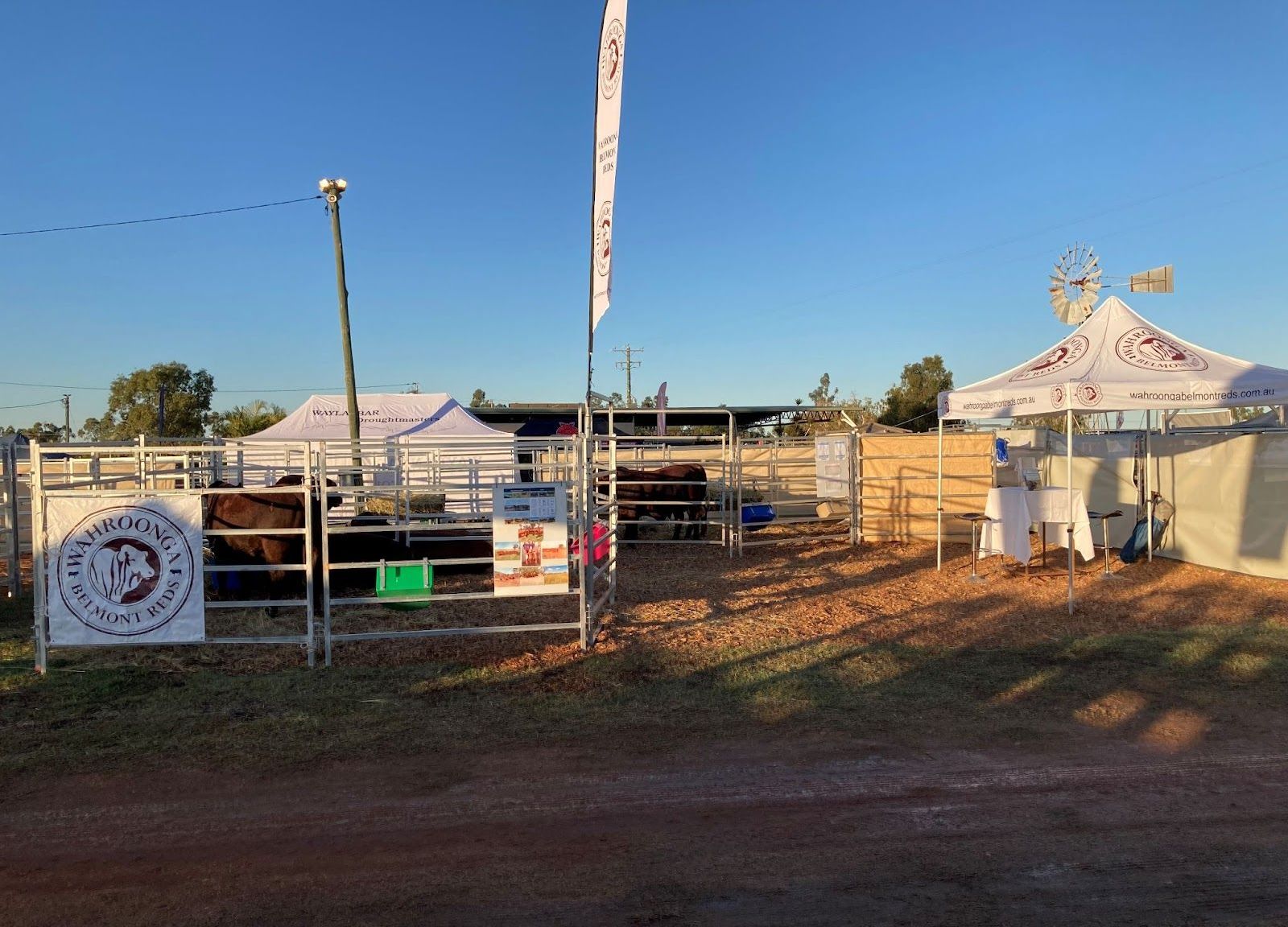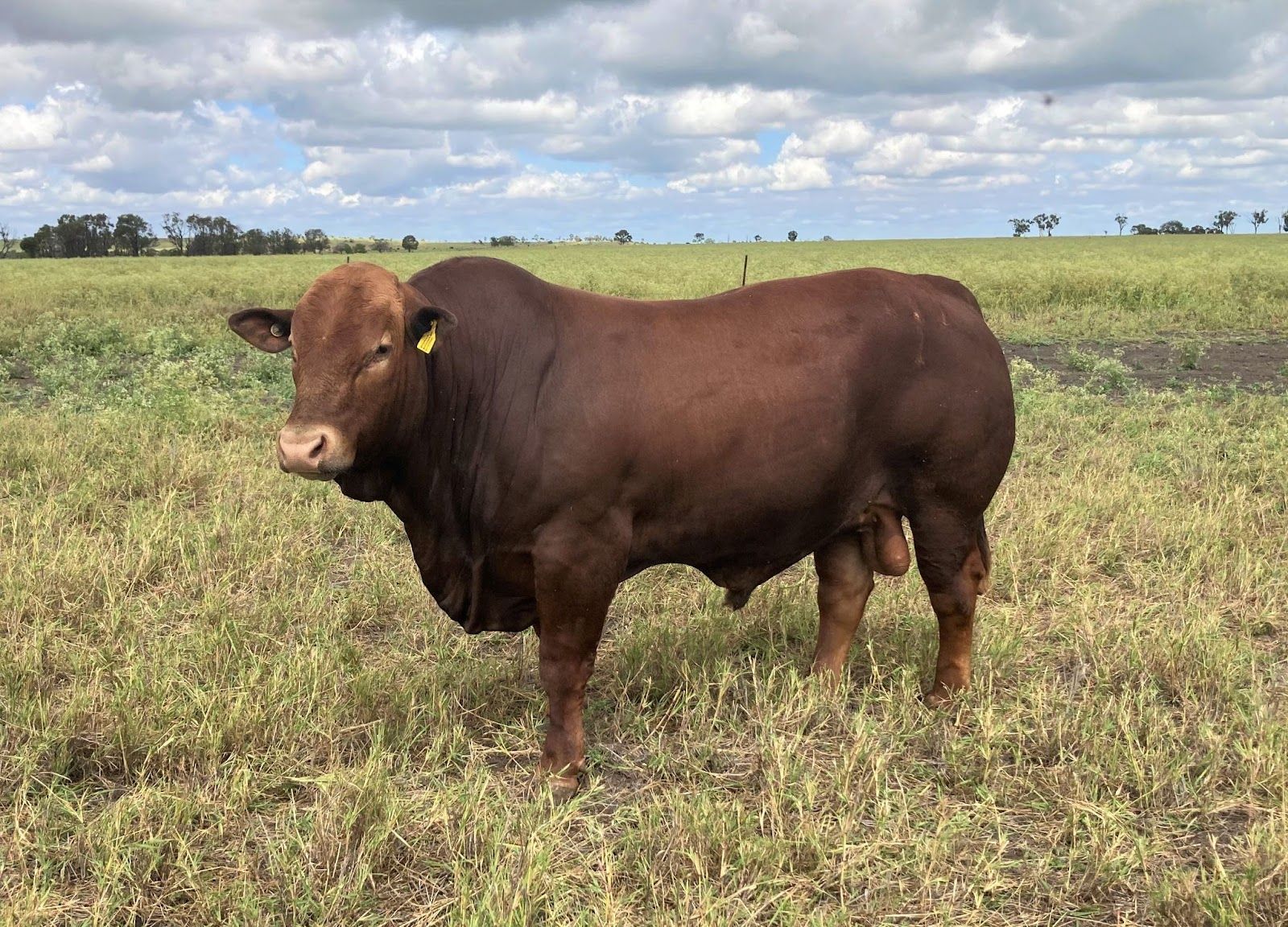Summary & Conclusion
Rigorous and exhaustive testing
Belmonts have undergone rigorous and exhaustive evaluations. They have been compared both in their own right and in crossbreeding to traditional British, European, and Brahman derived breeds in Tropical and Temperate environments. The results have proven that they have the ability to produce beef efficiently under a wide range of environments.


Ideal Sire Breed
As a sire breed for crossbreeding programmes with the Brahman and Brahman derived Composites, Belmonts have many advantages over the British and European breeds. Belmonts confer all the production and beef quality of temperate breeds without requiring special treatment that would be required for temperate breed sires. Because of their adaptation and temperament, ease of management and high calving rates are assured
Gross Margin Profit
Of particular importance is the CRC findings that demonstrate using a composite with Belmont characteristics would result in a $24 per AE (Adult Equivalent) higher gross margin, grass finished, relative to the Brahman. Using a composite like the Belmont was also significantly more advantageous than the $7 gross margin benefit of using crossbreeding. In addition, there is the advantage of managing a simple straight breeding program in contrast to a complex rotational cross breeding program. Under a grain finished scenario, the extra gross margin at the individual herd level of using a composite like the Belmont was $52 per AE (on top of the $24 from the base grass fed model) ie. a premium of $76 per AE.
Tropically Adapted Clean and Green
Predicted Climate change indicates that regions in which British and European breeds are currently being successfully run, will become more harsh i.e. hotter and drier, making them less suitable for temperate breeds. The Belmont with all the qualities of the temperate breeds such as fertility, growth, carcase and meat quality and docility, in addition to heat, drought, disease and parasite tolerance, survival, and ease of calving, makes them the logical replacement for temperate breeds in the regions that are or will be adversely impacted by climate change. Belmonts can therefore also replace many existing temperate breeds in the temperate regions and improve productivity without the risk of losing production and meat quality.
All results from scientific and commercial trials have proved conclusively that the Belmont has;
- High Fertility
- Excellent Docility
- High Weight gains
- High yielding Carcases
- High Quality Beef in feedlots and on pasture in the northern and temperate environments.